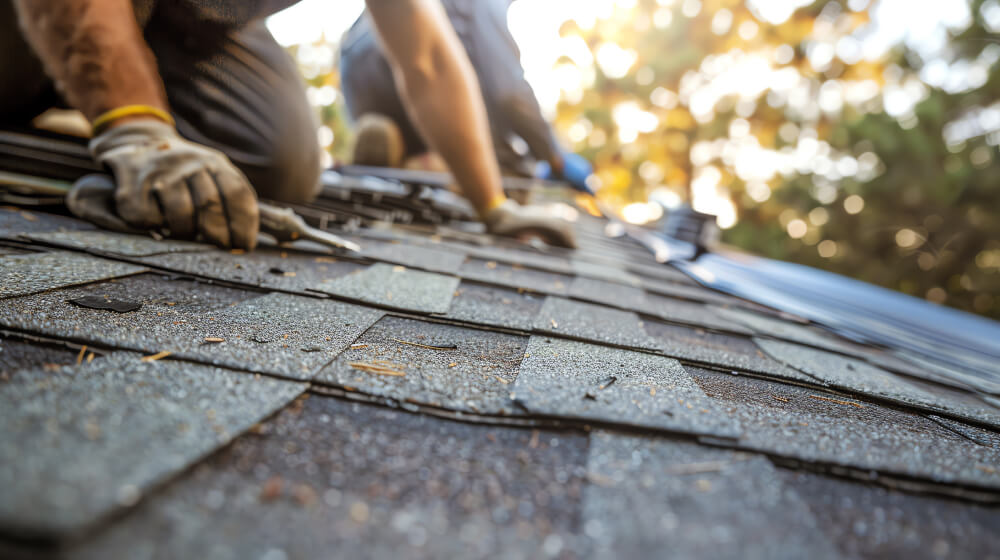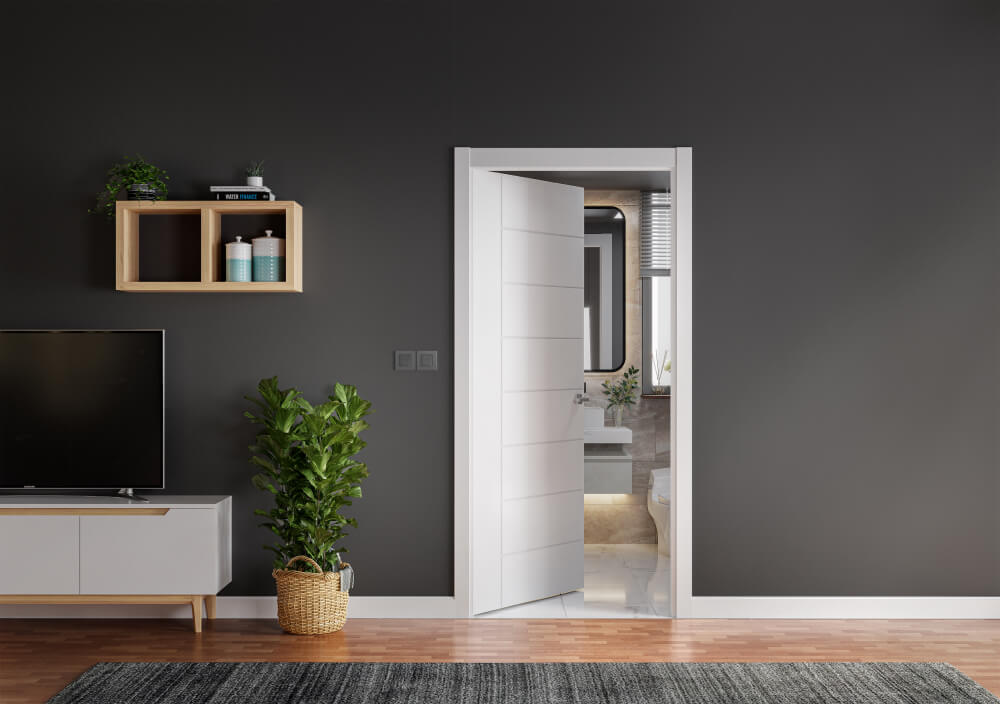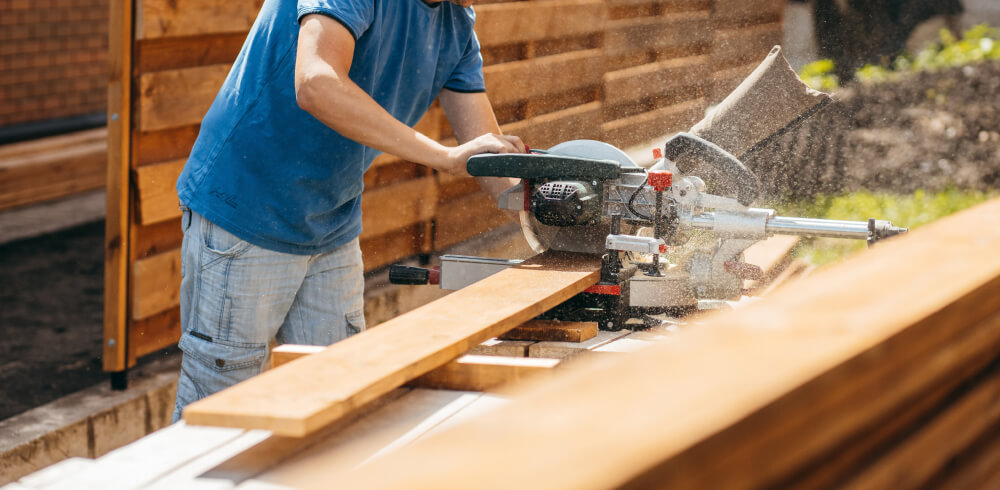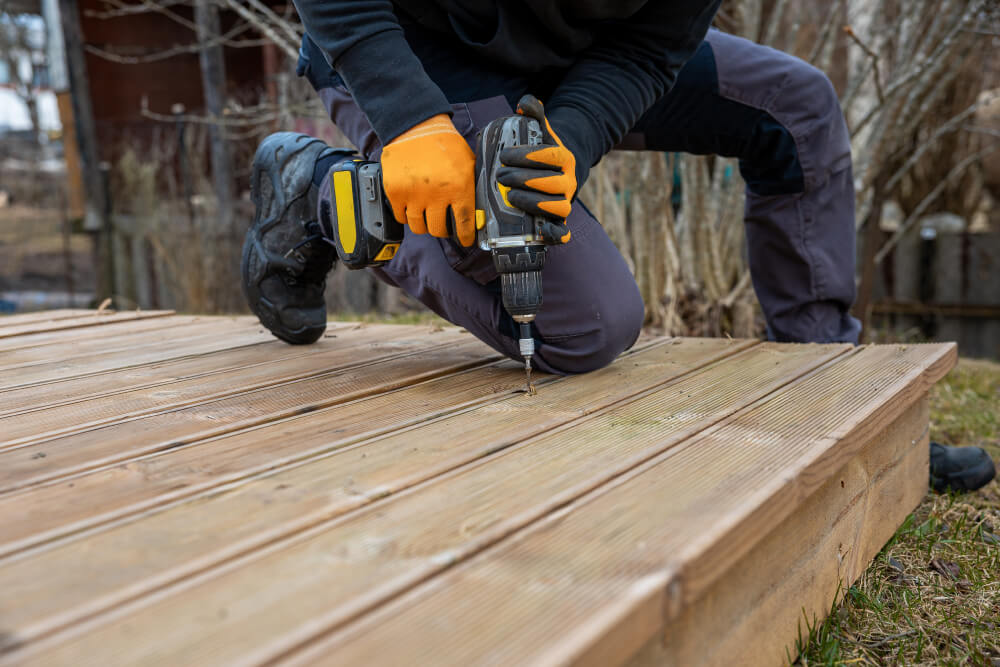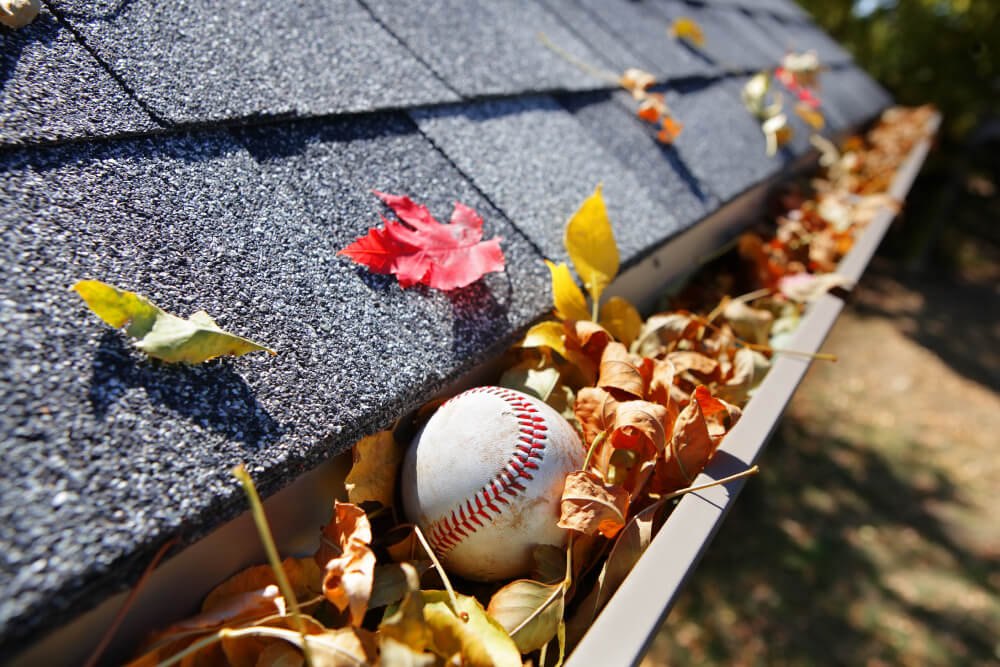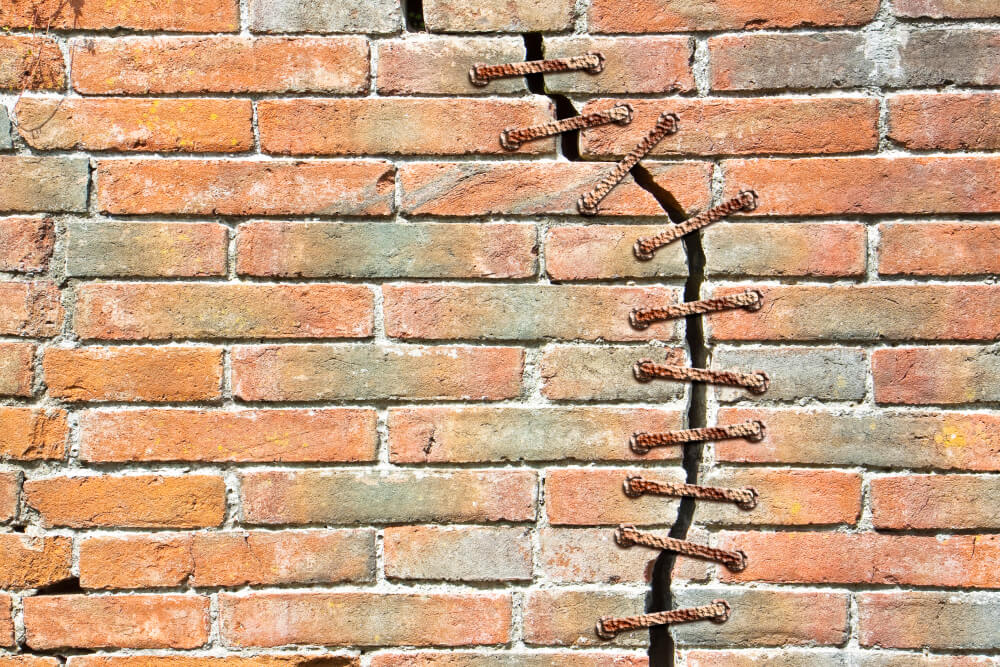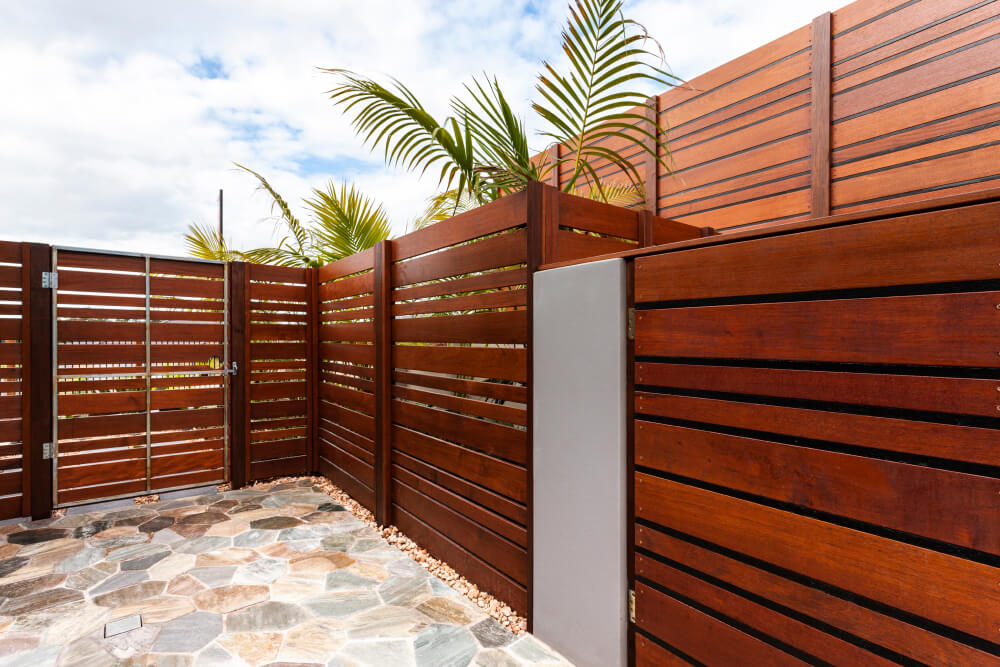Benefits of a DIY Home Security System
Before diving into the installation process, let’s explore the benefits of installing a DIY home security system:
- Cost-Effective: DIY security systems are often more affordable than professional installations and come with no monthly monitoring fees.
- Customizable: You can tailor the system to fit your specific needs and preferences, adding or removing components as necessary.
- Easy Installation: Modern DIY systems are designed for easy installation, often requiring no special tools or technical expertise.
- Remote Monitoring: Most systems offer remote monitoring through smartphone apps, allowing you to keep an eye on your home from anywhere.
- Scalable: You can start with basic components and expand your system over time as your security needs evolve.
Tools and Materials Needed
To install a DIY home security system, you’ll need the following tools and materials:
- Home security system kit
- Smartphone or tablet
- Drill and drill bits
- Screwdriver
- Level
- Tape measure
- Screws and anchors
- Ladder (if installing outdoor cameras)
- Ethernet cable (if needed)
- Wi-Fi router
Join HICP Homeowner’s Alliance
Connect with experts, get special discounts and enjoy member benefits
Step-by-Step Guide to Installing a DIY Home Security System
Step 1: Choose the Right System
- Assess Your Needs: Determine what you need from a security system. Consider factors such as the size of your home, the number of entry points, and whether you want indoor and/or outdoor cameras.
- Research Options: Research different DIY security systems and compare features, prices, and reviews. Popular brands include Ring, SimpliSafe, Arlo, and Nest.
- Select Components: Choose the components you need, such as door/window sensors, motion detectors, security cameras, smart locks, and a central hub.
Step 2: Plan Your System Layout
- Identify Key Areas: Identify the key areas you want to monitor, such as entry points, high-traffic areas, and vulnerable spots like ground-floor windows.
- Plan Camera Placement: Plan where to place your security cameras for optimal coverage. Ensure cameras are positioned to cover entry points and any blind spots.
- Plan Sensor Placement: Determine where to place door and window sensors and motion detectors to maximize security coverage.
Step 3: Install the Central Hub
- Choose a Location: Place the central hub in a central location in your home, preferably near your Wi-Fi router for a strong connection.
- Power Up: Plug in the central hub and follow the manufacturer’s instructions to connect it to your Wi-Fi network.
Step 4: Install Door and Window Sensors
- Position Sensors: Place door and window sensors on the frame of each door and window you want to monitor. Ensure the sensors align properly when the door or window is closed.
- Mount Sensors: Use screws or adhesive strips to mount the sensors in place. Follow the manufacturer’s instructions for proper installation.
- Test Sensors: Test each sensor to ensure it is functioning correctly and communicating with the central hub.
Step 5: Install Motion Detectors
- Choose Locations: Place motion detectors in high-traffic areas and near entry points. Avoid placing them near heat sources or vents, which can cause false alarms.
- Mount Detectors: Use screws or adhesive strips to mount the motion detectors on the wall. Ensure they are positioned at the recommended height and angle.
- Test Detectors: Test each motion detector to ensure it is functioning correctly and covering the desired area.
Step 6: Install Security Cameras
- Choose Locations: Position outdoor cameras to cover entry points and approach paths. Place indoor cameras to monitor key areas like entryways and living spaces.
- Mount Cameras: Use screws and anchors to securely mount the cameras. Ensure outdoor cameras are weatherproof and positioned to avoid direct sunlight.
- Connect Cameras: Follow the manufacturer’s instructions to connect the cameras to your Wi-Fi network. Use an Ethernet cable if needed for a wired connection.
- Adjust Settings: Adjust camera settings, such as motion detection sensitivity and recording schedules, through the smartphone app or camera interface.
Step 7: Set Up Remote Monitoring
- Download the App: Download the corresponding app for your security system on your smartphone or tablet.
- Create an Account: Create an account and follow the setup instructions to link your system to the app.
- Configure Notifications: Configure notifications to receive alerts for motion detection, door/window sensor activity, and other events.
- Test Remote Access: Test the app’s remote access features to ensure you can view live footage and control the system from your smartphone.
Step 8: Add Additional Features
- Smart Locks: Install smart locks on exterior doors for enhanced security and convenience. Integrate them with your security system for remote control and monitoring.
- Smart Lights: Install smart lights to deter intruders and enhance security. Set up schedules or control them remotely through your security system app.
- Environmental Sensors: Consider adding environmental sensors, such as smoke detectors, carbon monoxide detectors, and water leak sensors, for comprehensive home protection.
Tips for Effective Home Security
- Regular Maintenance: Regularly check and maintain your security system components to ensure they are functioning properly.
- Update Firmware: Keep your security system’s firmware and app updated to benefit from the latest features and security improvements.
- Secure Your Wi-Fi: Ensure your Wi-Fi network is secure with a strong password to prevent unauthorized access to your security system.
- Use Two-Factor Authentication: Enable two-factor authentication for your security system account to add an extra layer of protection.
- Educate Family Members: Educate all family members on how to use the security system and what to do in case of an emergency.
When to Seek Professional Help
While installing a DIY home security system is a manageable project for many homeowners, there are times when professional help is necessary:
- Complex Installations: If your home has a complex layout or you need a more advanced security setup, a professional can ensure proper installation and configuration.
- Limited Technical Skills: If you lack the technical skills or confidence to install the system yourself, a professional can provide a seamless installation experience.
- Custom Solutions: For custom security solutions tailored to your specific needs, a professional security company can offer expert advice and installation services.
By following this comprehensive guide, you can successfully install a DIY home security system that enhances your home’s safety and provides peace of mind. Proper planning, quality components, and regular maintenance ensure a reliable and effective security system. Enjoy the peace of mind that comes with knowing your home and loved ones are protected. Stay safe!







